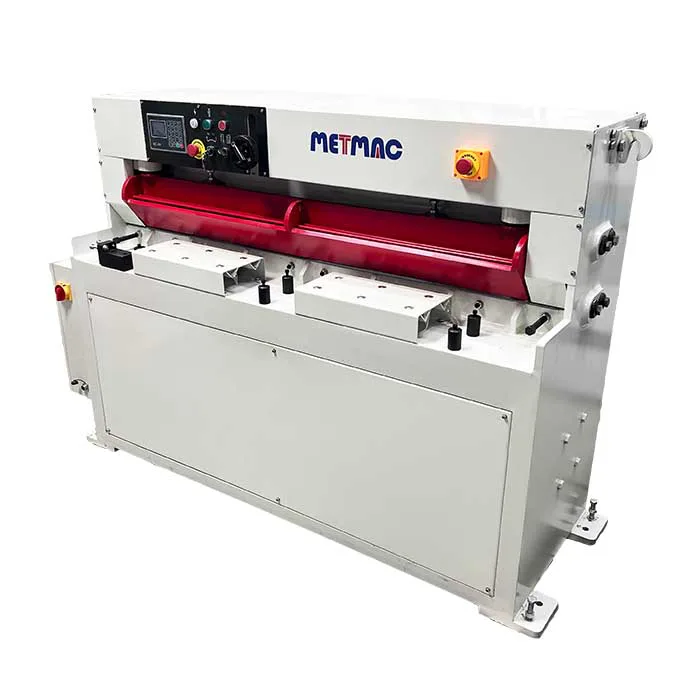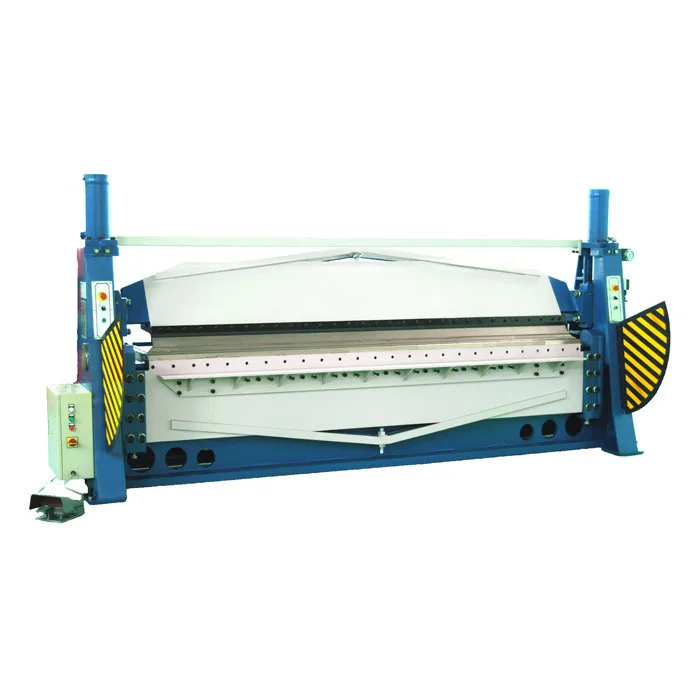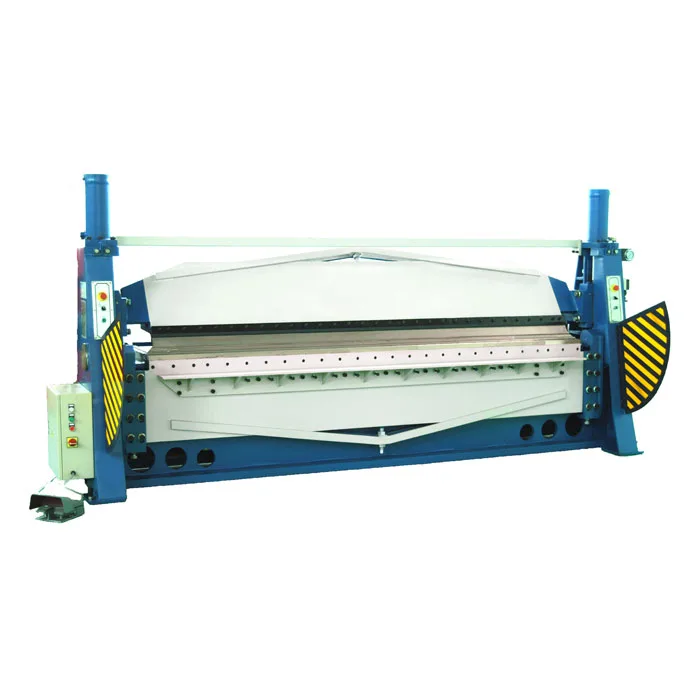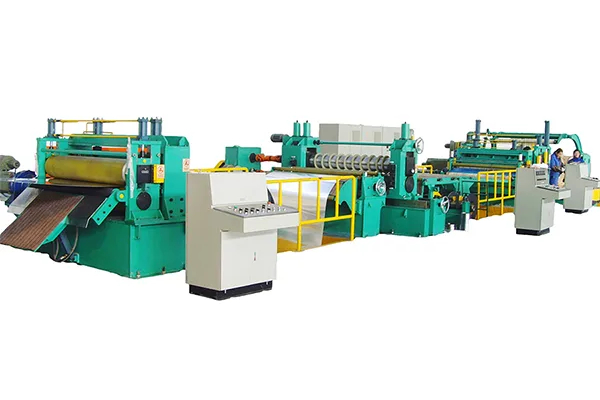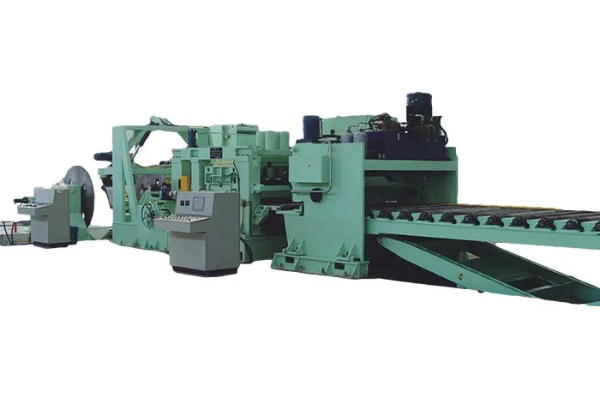
The Impact of Automation on Sheet Metal Forming Processes
- By:Metmac
- 2024-06-06
- 175
Automation is rapidly transforming manufacturing industries, and the sheet metal forming sector is no exception. The implementation of automated systems in sheet metal forming processes holds immense potential for enhancing efficiency, improving product quality, and reducing operational costs. This article explores the multifaceted impact of automation on sheet metal forming processes, highlighting its benefits and challenges.
Increased Efficiency and Productivity
Automation plays a pivotal role in increasing the efficiency and productivity of sheet metal forming processes. Automated systems can perform repetitive and labor-intensive tasks at high speed and with greater precision than manual processes. This allows manufacturers to reduce cycle times, minimize production bottlenecks, and increase overall throughput. Additionally, automated systems can operate 24/7 without breaks or fatigue, ensuring continuous production and maximizing capacity utilization.
Improved Product Quality and Consistency
Automation significantly enhances product quality and consistency in sheet metal forming operations. Automated systems ensure precise control over process parameters, reducing the likelihood of errors and defects. By eliminating human variability, automated systems produce parts with consistent dimensions, tolerances, and surface finishes. This improved quality translates into reduced scrap rates, higher customer satisfaction, and enhanced brand reputation.
Reduced Labor Costs and Improved Safety
The automation of sheet metal forming processes can lead to substantial cost savings through reduced labor requirements. Automated systems can handle a wide range of tasks, freeing up human workers to focus on more complex and value-added activities. This optimization of labor resources reduces overall production costs and improves the profitability of manufacturing operations. Moreover, automation enhances workplace safety by eliminating the need for human intervention in hazardous tasks, such as stamping and welding.
Data Collection and Process Optimization
Automated systems in sheet metal forming processes provide valuable data that can be used to optimize processes and improve efficiency. Sensors and monitoring devices collect real-time data on process parameters, equipment performance, and product quality. This data can be analyzed to identify bottlenecks, optimize machine settings, and implement predictive maintenance strategies. By leveraging data-driven insights, manufacturers can continuously improve their processes, reduce downtime, and enhance overall production performance.
Challenges and Considerations
While automation offers significant benefits, it also poses certain challenges and considerations for manufacturers. The implementation of automated systems requires a substantial investment in equipment and infrastructure. Additionally, manufacturers need to address the potential displacement of human workers and ensure that they are adequately trained and upskilled. Moreover, the complexity of automated systems necessitates specialized expertise and technical support to ensure their effective operation and maintenance.
-
Sheet Metal Shearing Machine: The Foundation of Precision Cutting with METMAC
2025/11/23 -
Sheet Metal Press Machine: The Cornerstone of Precision Fabrication with METMAC
2025/11/23 -
Sheet Press Machine: The Engine of Precision Metal Forming with METMAC
2025/11/23 -
Sheet Metal Equipment: The Backbone of Modern Fabrication and the METMAC Standard
2025/11/23
-
Advanced Sheet Metal Rolling, Laser Cutting, and Folding Machines for Precision Fabrication
2025/10/31 -
High-Performance Sheet Metal Bending and Cutting Machines for Modern Fabrication
2025/10/31 -
High-Quality Sheet Metal Equipment for Sale: Efficient Solutions for Modern Manufacturing
2025/10/31 -
High-Performance Sheet Metal Equipment for Sale: Forming and Shearing Solutions for Modern Fabrication
2025/10/22
-
A Guide to the Latest Innovations in Sheet Metal Folding Machines
2024/11/29 -
Key Features to Consider When Investing in a Sheet Metal Folding Machine
2024/11/28 -
Enhancing Precision with Advanced Sheet Metal Folding Machines
2024/11/27 -
How to Choose the Right Sheet Metal Folding Machine for Your Workshop
2024/11/26
